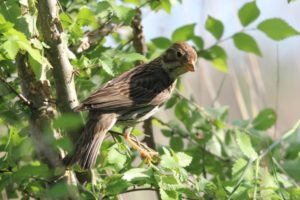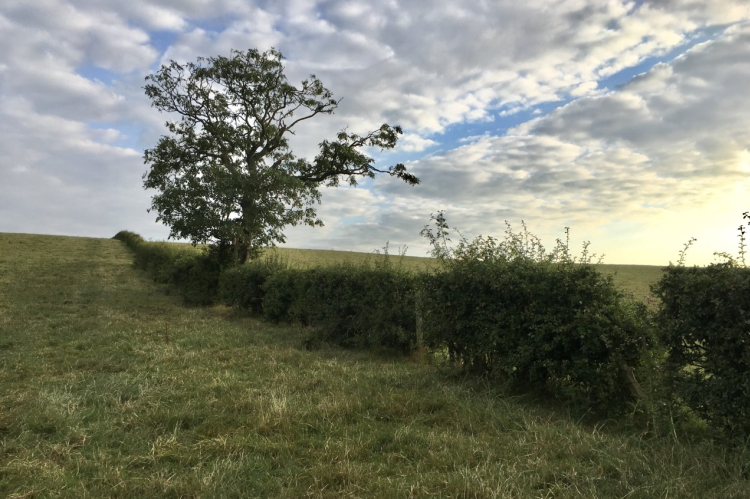Habitat Linkage and Carbon Sinkage
14 January 2020Acting as wildlife corridors across a farm, hedgerows provide a relatively safe area for different bird, mammal and insect species to traverse the landscape.
They enhance the natural capital and conservation value of a farm without compromising on productivity. Sequestering carbon, hedgerows can be a viable alternative to planted woodlands for farms to reduce their carbon footprint.
Hedges and hedgerow trees provide shelter and shade during extreme weather conditions e.g. heatwaves, storms and snowfalls. Thick hedges provide biosecurity protection by preventing nose-to-nose contact and spread of transmittable livestock diseases e.g. IBR, TB etc.
Hedgerow margins are key overwintering habitats for a range of beneficial insects and pollinators. Integrated Pest Management incorporates natural predatory insects that hunt down pests such as aphids, pollen beetles and slugs, preventing pest outbreaks and reducing pesticide reliance. Flowering plants are a vital food source and habitat for insect pollinators.
Fruiting plants provide a winter food source for birds. Restrictions on hedge management e.g. cutting and lopping activities from 1 March – 31 August, inclusive (unless exemptions apply) provide protection for breeding birds. Hedge laying can be carried out up to and including 31 March. Local government agricultural offices can provide regulatory details.
Cutting only one-third of the hedge length annually leaves a winter food source for native farmland birds like Yellow Hammers, Linnet and Tree Sparrows. Trimming in an ‘A’ shape, wider at the bottom, ensures a denser wildlife corridor for mammals and improves light penetration to all parts of the plants, preventing thorn plants in particular, from dying out.
Whether planting a new hedge or gapping up an existing one, using native flowering shrubs e.g. hawthorn, blackthorn, hazel, honeysuckle, crab apple or wild roses, will provide vital wildlife food and habitat resources. Late autumn and early spring are the ideal seasons for this work.
![]() For more farm efficiency ideas and to read about measures other farmers are putting in place, visit the Farming For a Better Climate website or find @SACFarm4Climate on Facebook and Twitter.
For more farm efficiency ideas and to read about measures other farmers are putting in place, visit the Farming For a Better Climate website or find @SACFarm4Climate on Facebook and Twitter.
This article from Farming for a Better Climate was written by Sarah Kerr and funded by the Scottish Government as part of Scotland’s Farm Advisory Service.
Sign up to the FAS newsletter
Receive updates on news, events and publications from Scotland’s Farm Advisory Service

